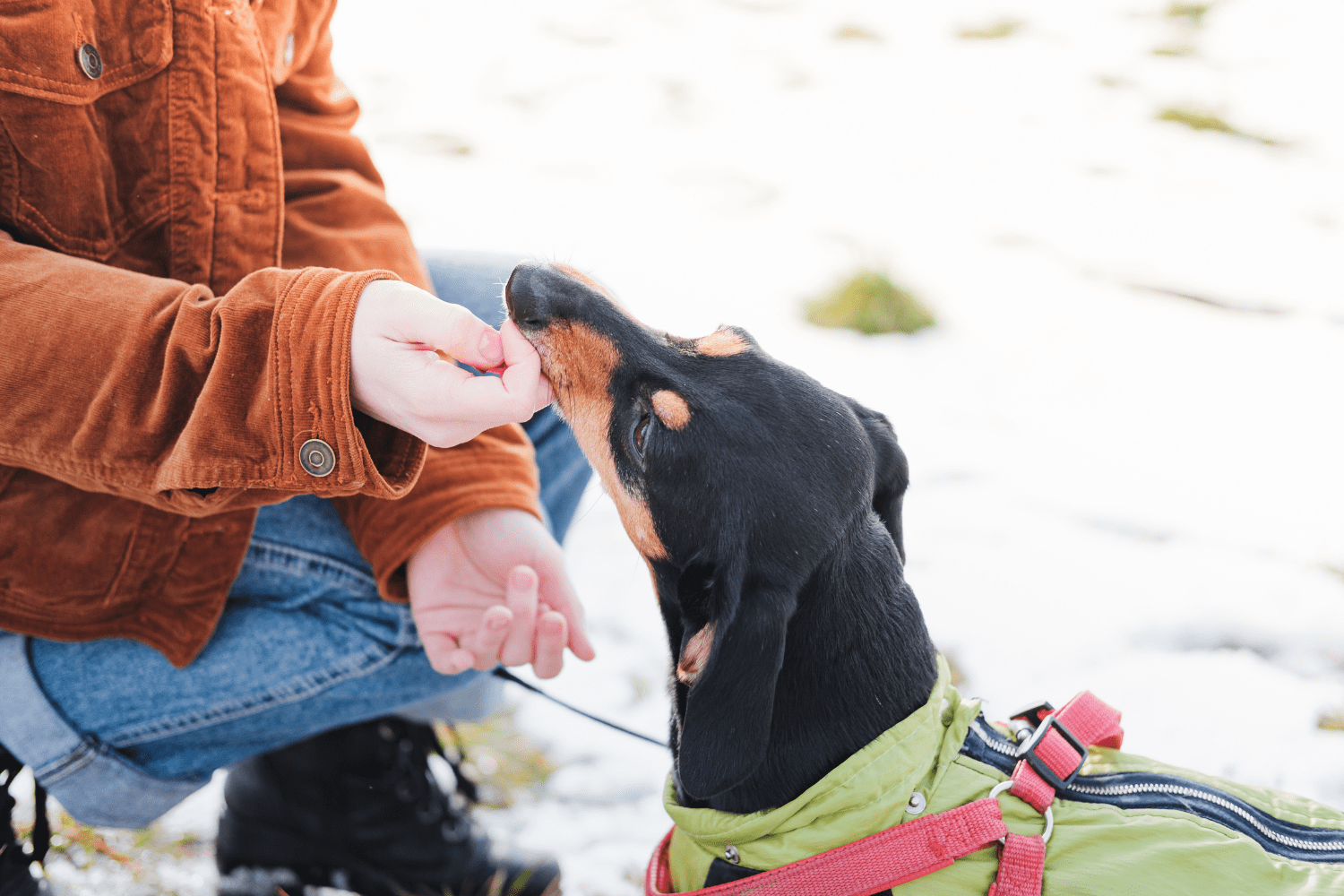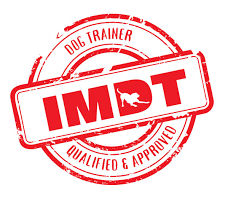Your dog jumps like a Kangaroo when you reach for the lead
This is learned behaviour
He sees the lead and (mistakenly) believes it’s necessary to bounce for you to put the leash on. This is because previously when you picked up the lead, he bounced and then you clipped it on. In other words, the bouncing is rewarded with a walk so the dog thinks jumping is something you want him to do.
Learned behaviour is how Mother Nature programmed wolf cubs to learn. In its simplest form it’s a way of keeping an inquisitive puppy safe. When he tests the boundaries and something nice happens, the pup is liable to repeat the action. Likewise, if something unpleasant happens (such as the puppy that gets stung by a wasp), he’s more respectful of wasps in the future.
But learned behaviour can happen for subtle reasons, such as the dog who barks at those passing-by the front room window. In this case the dog’s reward is that the people go away… they were only passing in the first instance but the dog believes his barking brought about the result he wanted. In other words he learns that barking makes people leave his territory.
To complicate matters, the pet parent can unwittingly reinforce barking habits by shouting at the dog to be quiet. They accidentally reward him because with highly value attention, plus their shouts sound to the dog like they’re barking and joining in.
From barking to pulling on the leash, jumping up to running away, many of our dogs bad habits are learned behaviours.
Now you have a better understanding of why things go wrong, you see there is hope that they can be corrected. Key to this is establishing a new, more appropriate link in the dog’s mind. How easy or difficult retraining is depends on how well-established ‘learned behaviour’ has become.
Act Now!
Contact us today, to find out how we can take control and teach your dog to behave better.
A bad habit just started:
Let’s say one day your dog chases his tail. It’s cute. You laugh. The dog chases his tail again. Cute! Except if he does this when crossing the road, when it becomes dangerous.
The good news is that it’s much easier to resolve a new bad habit, than one that’s deeply ingrained. This is especially true for young dogs that are learning all the time anyway or if the behavioural tick is brand new.
As a first aid measure try to ignore the behaviour, so you don’t accidentally reward it with attention. Then divert the dog by asking for a more appropriate action. If you’re not confident about how to do this (and let’s face it, there’s a risk of replacing one bad habit with another) then seek expert help, such as contacting Royvon. But the last thing you should do is sit back and watch the habit become more firmly established.
The slippery slope:
Bad behaviour getting worse over a few months. The good news is it’s not too late to act, especially if your dog is under 12 months of age. Under a year the dog is learns quickly, but older than this and correction becomes more of a challenge.
Bear in mind the more well-established a bad habit is, the harder work it is to correct and it becomes clear that the ostrich approach of burying your head in the sand and ignoring the problem is not a good idea. However, with professional help from a Royvon trainer and you’ve an excellent chance of rehabilitating the dog.
Instructor lead training from knowledgeable experts can make the world of difference. It helps you stop accidentally reinforcing bad habits and replace them with good. However, how successful you are depends on the time you put in.
Ideally, home training should be practiced on a daily basis, such as two, twenty minute sessions per day. Indeed, if you achieve the latter then a day off every now and again is paw-fectly fine. Remember, 40 minutes a day in exchange for a well-behaved dog is a sound investment.
Bad behaviour of a year or more
Learned behaviour present for a year or more is more of a challenge…but not impossible. If you’ve been struggling for a while then you need a completely fresh approach.
Whilst instructor led training can work, the ingrained nature of bad behaviour means it takes time and dedicated, focussed attention to turn things around. What is a more effective use of time and resources is residential training. The total change of environment makes the dog more receptive to learning, teamed with the consistency of command this adds up to a better outcome.
With residential training Royvon can take the strain whilst you’re on holiday. Then you return you to a better behaved dog, and we tutor you in how to keep him that way. Residential training: the simple solution to relearning undesirable learned behaviours.





Leave A Comment